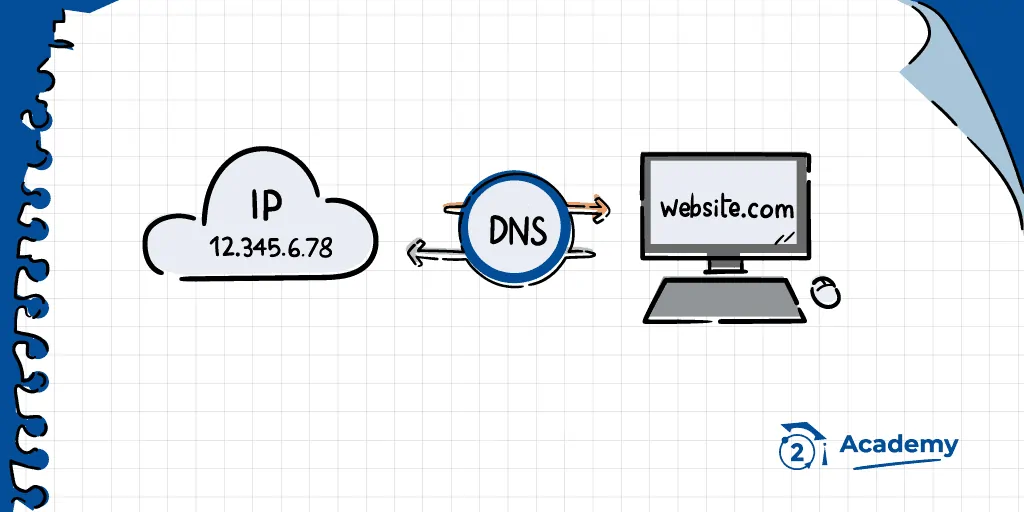
The Invisible Progress
The Invisible Progress: Why Learning Feels Slow but Changes Everything We often judge our progress by visible milestones—lifting heavier weights, speaking a new language fluently, or mastering a technical skill. But what if the real progress is so gradual that we don’t even notice it happening? This is the paradox of learning: the more immersed you are in the process, the less you feel you are improving. It All Starts with a Wish Everything begins with a wish....

